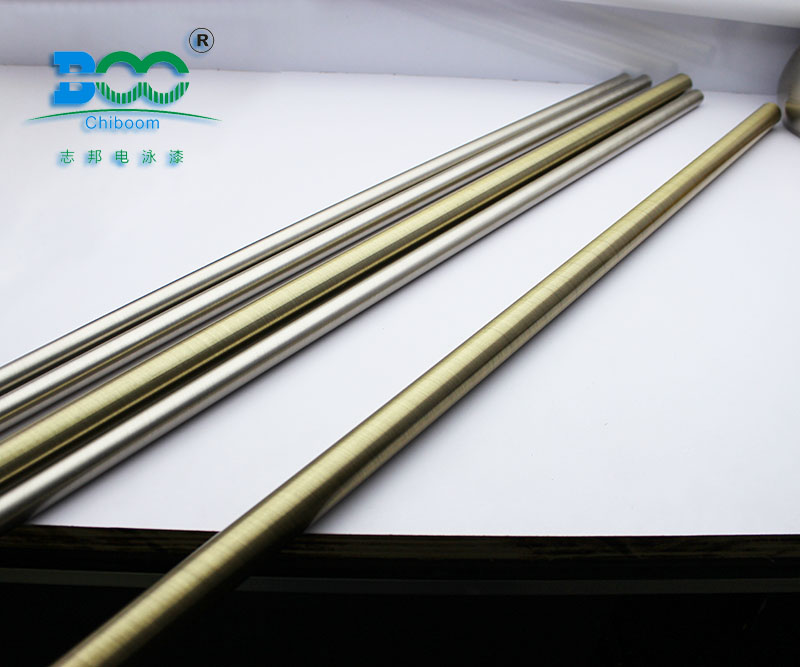How Much Does Electrophoretic Paint Cost Per Kilogram?
In the vast landscape of the coatings industry, electrophoretic paint (EP) stands out for its exceptional corrosion resistance, high adhesion, and uniform coating effects, making it a top choice for many manufacturers. However, when discussing electrophoretic paint, an inevitable topic arises: what is the price per kilogram? This is not merely a numerical question but a deep dive into the performance, quality, and market positioning of EP.
Firstly, it's crucial to understand that the price of electrophoretic paint is not static; it fluctuates due to various factors. Raw material costs, the complexity of production processes, brand influence, market demand and supply relationships, all play a role in determining the price. Therefore, when asking "how much does electrophoretic paint cost per kilogram," the answer is often a range rather than a definitive figure.
Starting with raw material costs, the primary components of electrophoretic paint include resins, pigments, solvents, and additives. Fluctuations in the prices of these raw materials directly impact the cost of producing EP, which subsequently influences its market price. For instance, resins, as the core ingredient of EP, are heavily influenced by fluctuations in oil prices, as they are derived from petroleum. Thus, changes in international oil prices can indirectly affect the price of electrophoretic paint.

The complexity of production processes also significantly impacts the price of EP. High-end EP products often utilize more advanced production techniques that ensure more stable quality and superior performance. However, the development and application of these advanced processes come with higher costs, which are eventually reflected in the product's price.
Brand influence cannot be overlooked in the EP market. Renowned brands with excellent reputations, comprehensive service systems, and strong technical support often win the favor of customers. Even if the price of EP produced by these brands is slightly higher than the market average, they can still maintain a high market share due to their strict quality control and continuous innovation.
Lastly, market demand and supply relationships are pivotal in determining the price of EP. When market demand is high, the price of EP tends to rise; conversely, when supply exceeds demand, prices may drop. Therefore, for EP manufacturers, accurately grasping market dynamics and flexibly adjusting production strategies are essential for maintaining market competitiveness.
In conclusion, the price of electrophoretic paint is a complex and dynamic factor influenced by various elements. However, regardless of price fluctuations, we should focus on the cost-effectiveness of EP – choosing products with reasonable prices while ensuring quality. Only by doing so can we thrive in the fiercely competitive market and provide customers with better products and services. Furthermore, we look forward to continuous innovation and progress in the EP industry, bringing us more high-performance, low-cost, and quality products.





 WeChat
WeChat